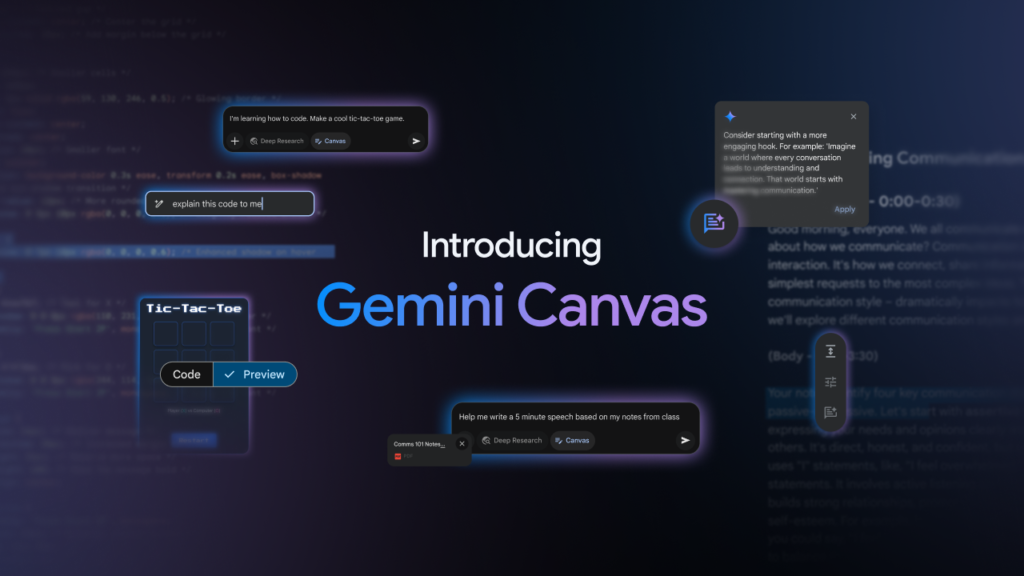Sesame AI, the company behind the viral voice assistant Maya, has made a significant move in the AI voice technology space by open-sourcing its base model CSM-1B. Released on March 13, 2025, under the Apache 2.0 license, this 1-billion-parameter speech generation model is capable of producing remarkably human-like voices from text and audio inputs.
Technical Capabilities
CSM-1B is built on Meta’s Llama model with an advanced audio decoder and utilizes residual vector quantization (RVQ) technology, a technique also employed by Google’s SoundStream and Meta’s Encodec. This technology enables the model to encode and recreate human-like speech with impressive fidelity. The model features a multimodal architecture that integrates both text and audio inputs, allowing for versatile voice production.
The technical design of CSM-1B includes several notable features. It uses Mimi audio codes for efficient compression at a 1.1kbps bitrate and can maintain voice consistency through acoustic “seed” samples. One of its most impressive capabilities is producing a variety of voices without requiring specific fine-tuning for individual identities. However, the model does have some limitations, particularly in supporting non-English languages due to training data contamination.
Ethical Considerations
While the open-sourcing of CSM-1B represents a significant advancement in accessible AI voice technology, it also raises important ethical concerns. Sesame AI has taken a less restrictive approach to safeguards compared to other AI voice cloning companies. Rather than implementing strict technical limitations, the company has provided ethical guidelines, requesting users to avoid unauthorized voice impersonation, creation of misleading content, and other potentially harmful activities.
This approach has sparked debates within the AI community about the model’s potential for misuse, including voice-based fraud and other malicious applications. The model’s ability to clone voices with just one minute of source audio, while technically impressive, further amplifies these concerns.
Vision and Impact
Sesame AI’s vision extends beyond creating advanced voice models. The company aims to revolutionize human-machine interaction by making AI-generated speech more natural and engaging. By open-sourcing CSM-1B, Sesame demonstrates a commitment to democratizing voice AI technology, allowing developers and researchers worldwide to build upon and improve the model.
The company emphasizes ethical AI development and responsible use of technology, with ambitions to lead in establishing frameworks for AI technologies that benefit society. Their focus includes creating consistent voice identities for more realistic AI assistants and pushing the boundaries of voice AI, as evidenced by their custom phonetic benchmarks and rigorous testing methods.
Key Takeaways
- Sesame AI has open-sourced CSM-1B, a 1-billion-parameter speech generation model that powers the viral voice assistant Maya.
- The model uses residual vector quantization (RVQ) technology to produce human-like voices from text and audio inputs.
- CSM-1B can clone voices with minimal source audio, requiring just one minute of audio for effective voice replication.
- The Apache 2.0 license allows for commercial use with minimal restrictions, potentially accelerating innovation in voice AI technology.
- Ethical concerns exist due to Sesame’s approach to safeguards, relying on guidelines rather than strict technical limitations.
- The model has technical limitations, particularly with non-English languages due to training data issues.
- Sesame AI aims to revolutionize human-machine interaction through more natural and engaging AI-generated speech.
- This release democratizes advanced voice generation capabilities, making them accessible to developers and researchers worldwide.
Links
Official: Sesame AI
Official reasearch: Research
More AI news.



